Diving into the pristine waters around Japan’s westernmost island, Yonaguni, reveals schools of hammerhead sharks, barracudas, and whale sharks. However, at about 25 meters (82 feet) deep, divers encounter a series of steps leading to the mysterious “Yonaguni Monument.” This massive structure, possibly 10,000 years old and shaped like a pyramid, is made of sandstone and mudstone. Scientists have long debated its origins, yet it remains a mystery, reports Indy100. “Is the Yonaguni Monument man-made or a natural wonder?”
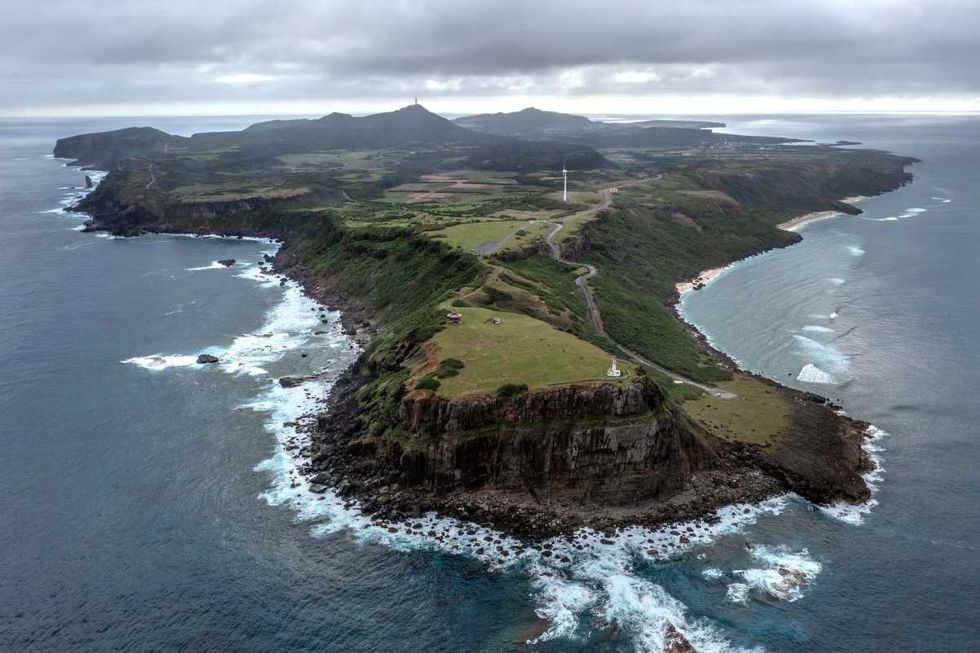
The uncanny monument was first spotted by a local diver in 1986. The monument is a submerged rock formation in the waters of Yonaguni Jima. For all these decades, experts have believed that this monument is a ruin of a Japanese Atlantis, an ancient city that sunk in the waters 2,000 years ago due to an earthquake. "The largest structure looks like a complicated, monolithic, stepped pyramid that rises from a depth of 25 meters [82 feet]," Masaaki Kimura, a marine geologist at the University of the Ryukyus in Japan, told National Geographic.
Not all experts believe that the pyramid is man-made. "I'm not convinced that any of the major features or structures are manmade steps or terraces, but that they're all-natural," Robert Schoch, a professor of science and mathematics at Boston University who has dived at the site, told National Geographic. "It's basic geology and classic stratigraphy for sandstones, which tend to break along planes and give you these very straight edges, particularly in an area with lots of faults and tectonic activity." Like Schoch, the Japanese government's Agency for Cultural Affairs or the Government of Okinawa Prefecture didn’t think that the monument was a significant cultural property. They didn’t proceed with any research or preservation work on the site.
As for Kimura, he told National Geographic that he first thought the monument was totally natural. But he changed his mind after his first dive. "I think it's very difficult to explain away their origin as being purely natural, because of the vast amount of evidence of man's influence on the structures," he said. His conclusion was based on the fact that he identified elements like quarry marks etched into the stone, carved faces, and rocks sculpted like animals. This suggested that the pyramid carried a cultural history. “The characters and animal monuments in the water, which I have been able to partially recover in my laboratory, suggest the culture comes from the Asian continent," he said, adding that one of these elements, a sphinx, resembled a Chinese or ancient Okinawan king.
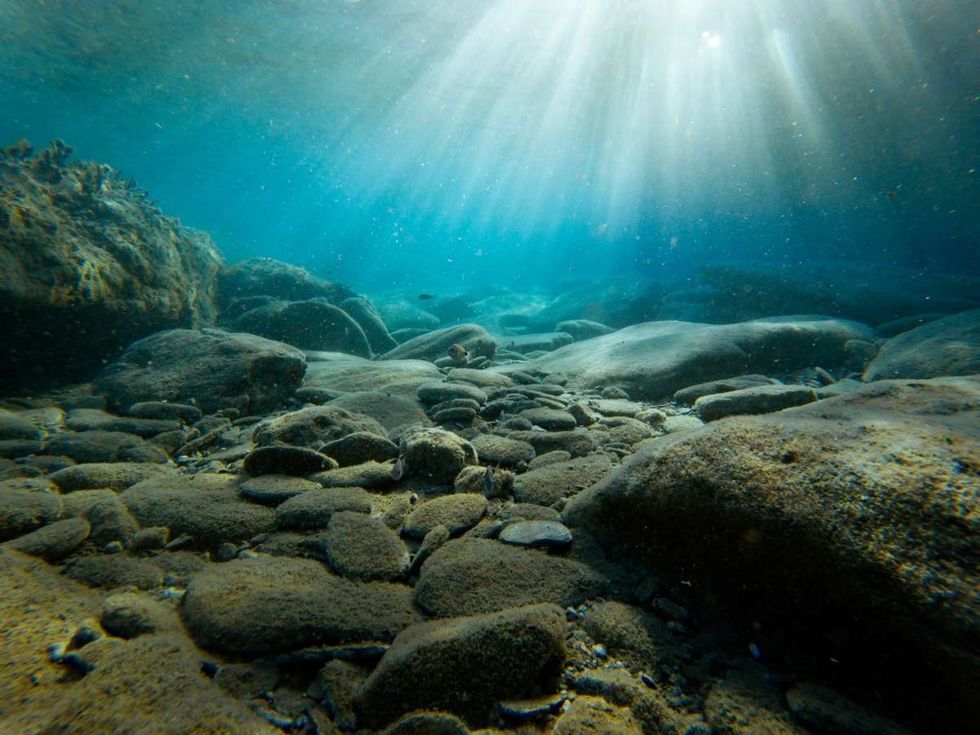
Every part of the city most probably sank in the seismic tremors that once engulfed the Pacific Rim, Kimura suggested. According to National Geographic, the world's largest recorded tsunami struck Yonaguni Jima in April 1771. It recorded an estimated height of more than 131 feet (40 meters). This disaster could have sunk the entire city underwater, leading to a total collapse of the civilization, and ending up like a ‘Lost City.'
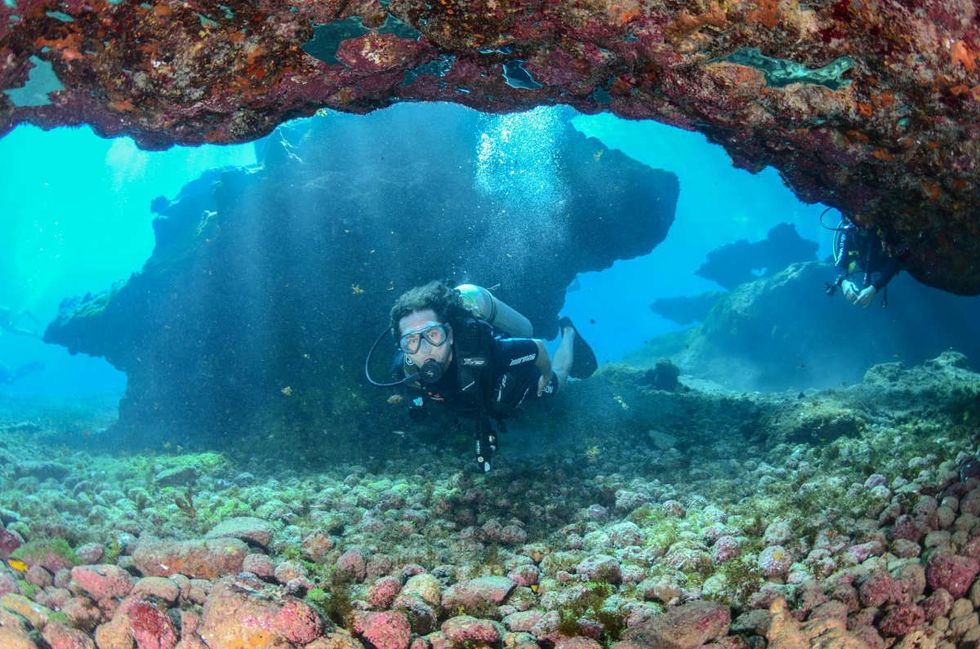
Apart from the mysterious pyramid, the divers have discovered other uncanny objects lurking underwater, including castle ruins, an arch, five temples, and at least one large stadium. They were probably connected by a network of roads and channels of walls, all of which have now crumbled away. Kimura hypothesized that these remnant objects most possibly dated back to at least 5,000 years, based on the aging of the stalactites found inside the caves underwater.
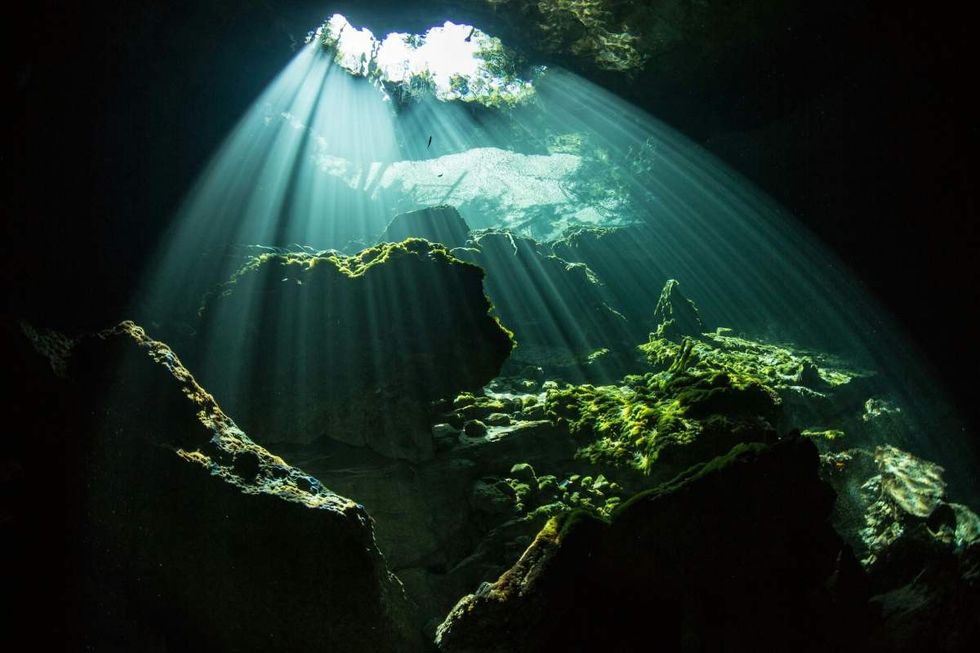
Many experts believed Kimura’s hypothesis. For instance, Toru Ouchi, an associate professor of seismology at Kobe University, told National Geographic, "I've dived there as well and touched the pyramid. What Professor Kimura says is not exaggerated at all. It's easy to tell that those relics were not caused by earthquakes."
However, Schoch was still reluctant to accept this hypothesis. He rather suggested that the holes in the rock, which Kimura regarded as “supporting posts,” were merely created by underwater eddies. These rocks were eaten up by the marine animals lurking in the waters, he added. Plus, he added that the pyramid was not symmetrical or geometrically accurate and, hence, not artificial. Furthermore, explaining the animal-like etchings on the rocks, he described them as just scratches dug into the rocks via natural phenomenon.
Asserting his belief with scientific evidence, Schoch wrote in a recent post, “As difficult as it may be for some to accept, after carefully studying the Yonaguni Monument, I have to report that I do not believe it is an artificial, human-made structure.” Yet, owing to no solid evidence, the existence of the Yonaguni Monument remains a mystery.





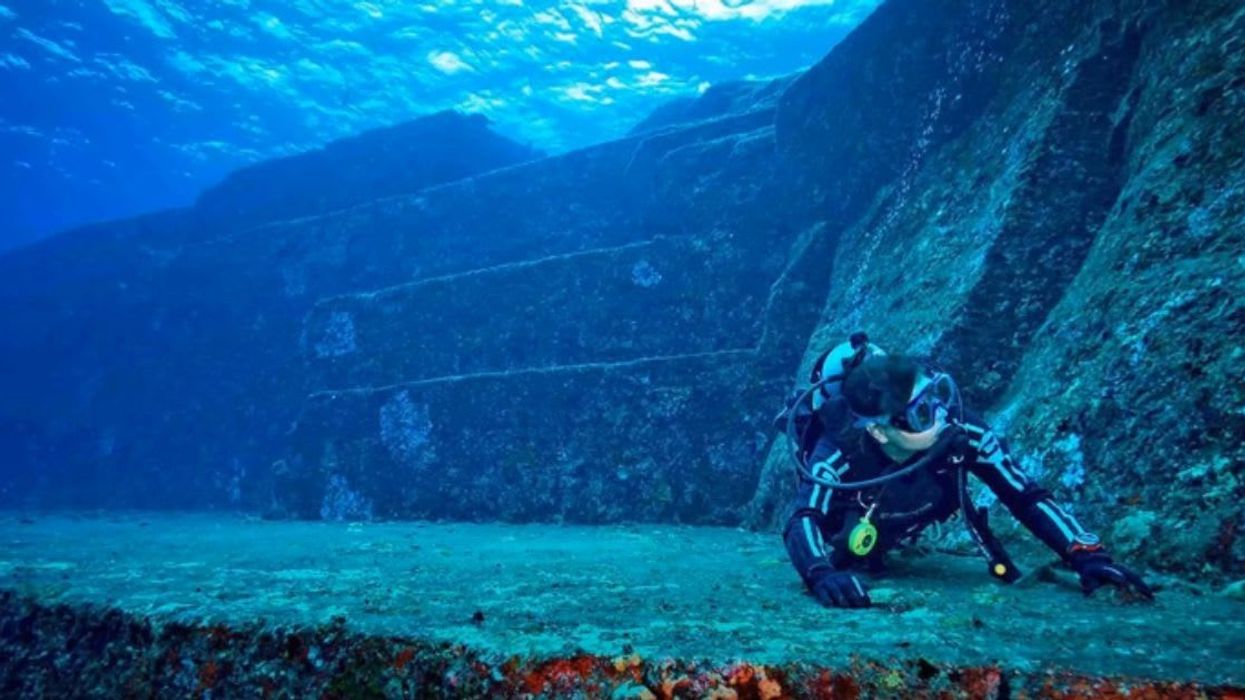

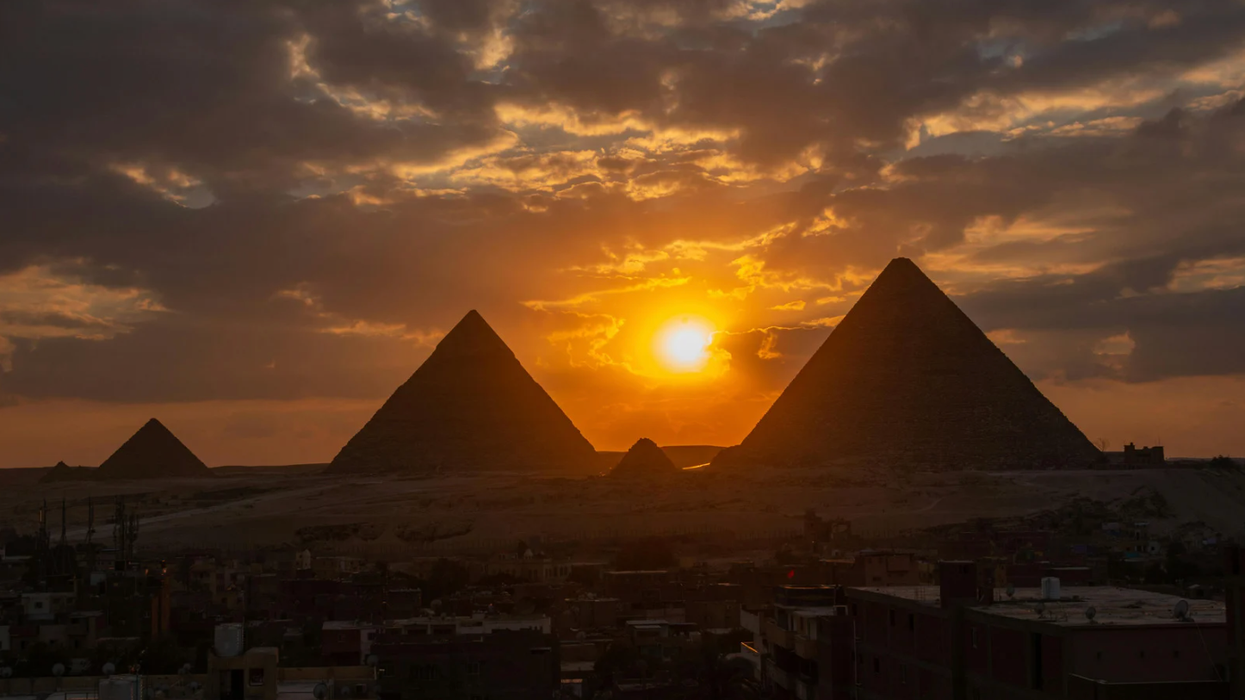





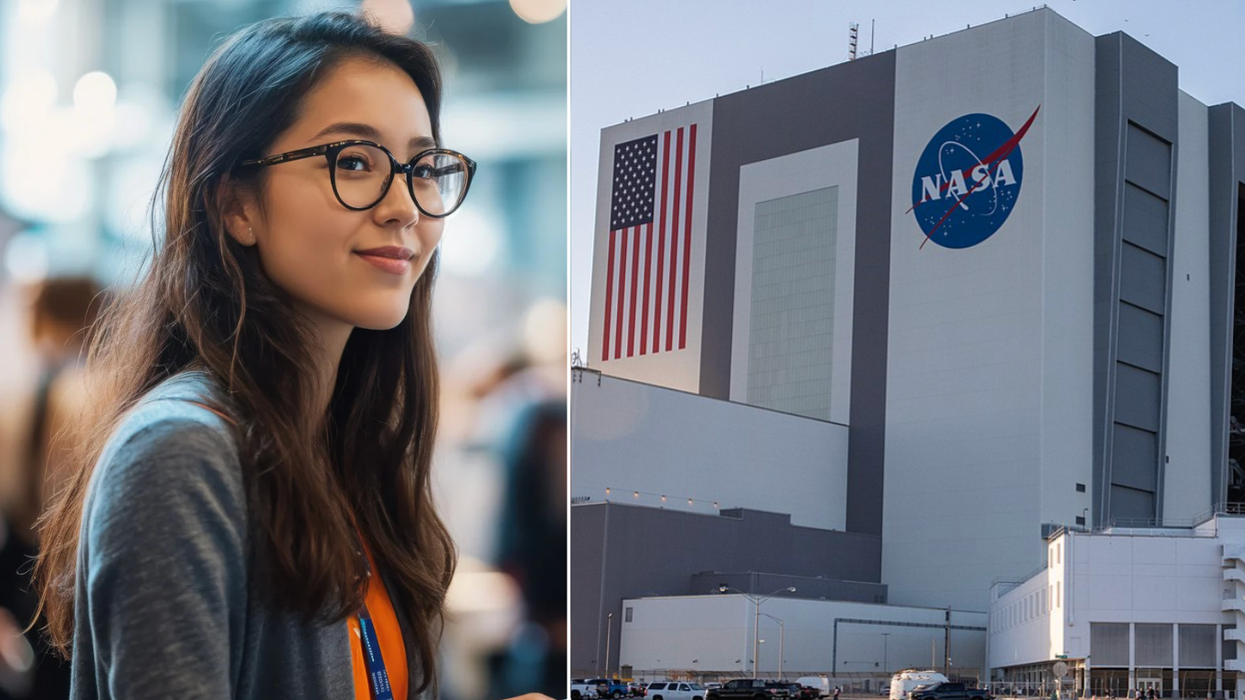




 Representative Image: Accents reveal heritage and history.
Representative Image: Accents reveal heritage and history.  Representative Image: Even unseen you can learn a lot from an accent.
Representative Image: Even unseen you can learn a lot from an accent. 

 Rice grain and white rice.Image via
Rice grain and white rice.Image via  Person eats rice.Image via
Person eats rice.Image via  Washing and rinsing rice.
Washing and rinsing rice.  Mother and daughter eating rice meal.Image via
Mother and daughter eating rice meal.Image via 

 Bees feeding on food source.Image via
Bees feeding on food source.Image via 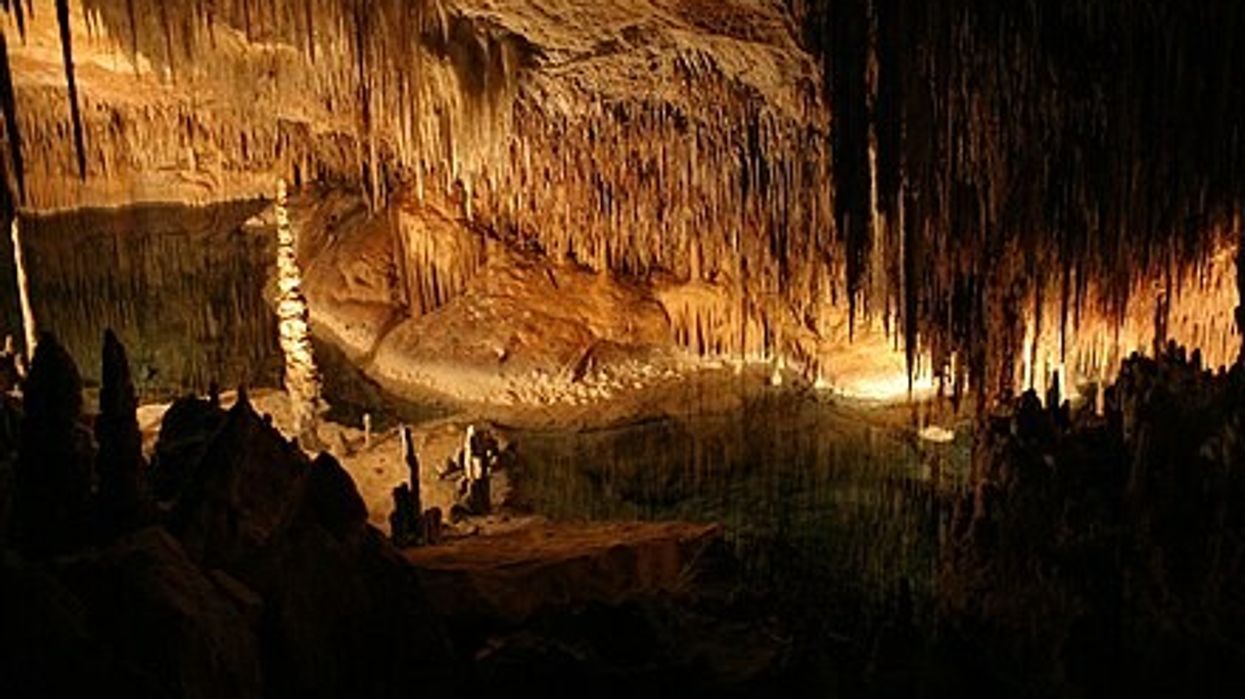
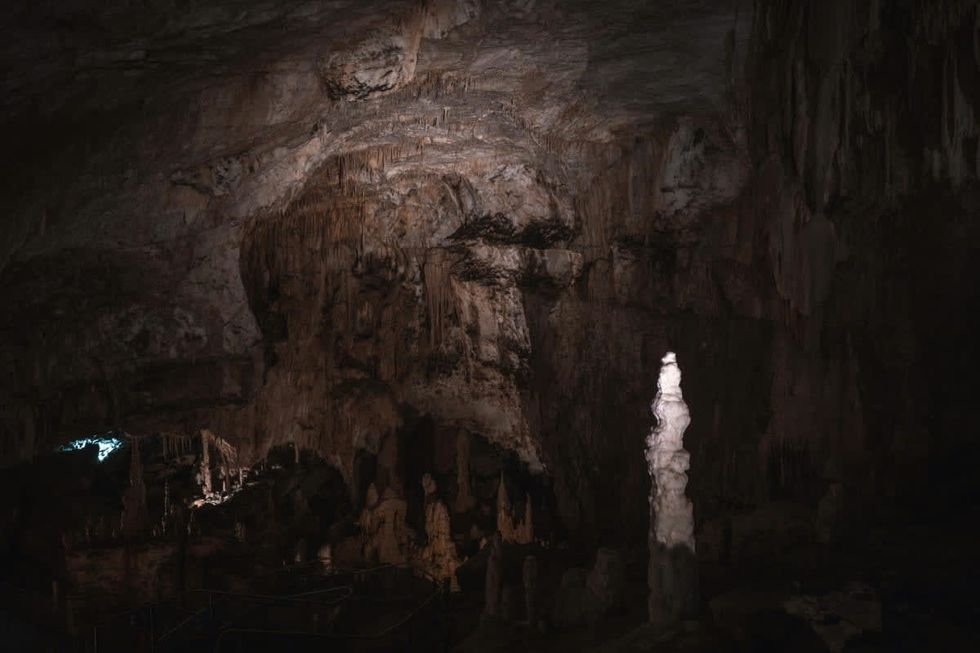 In the depths...Pexels | francesco ungaro
In the depths...Pexels | francesco ungaro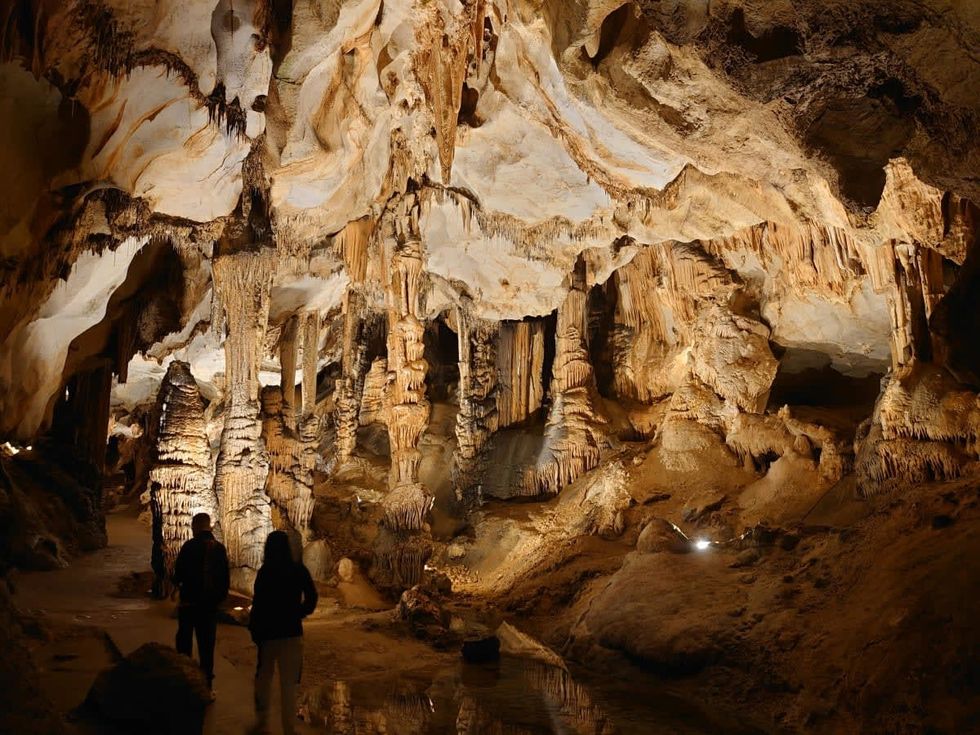 Hope the lights stay on. Pexels | parfait fongang
Hope the lights stay on. Pexels | parfait fongang "That was beyond crazy..." YouTube |
"That was beyond crazy..." YouTube |  "This is the stuff of my nightmares..."YouTube |
"This is the stuff of my nightmares..."YouTube |  "Totally blown away..." YouTube |
"Totally blown away..." YouTube | 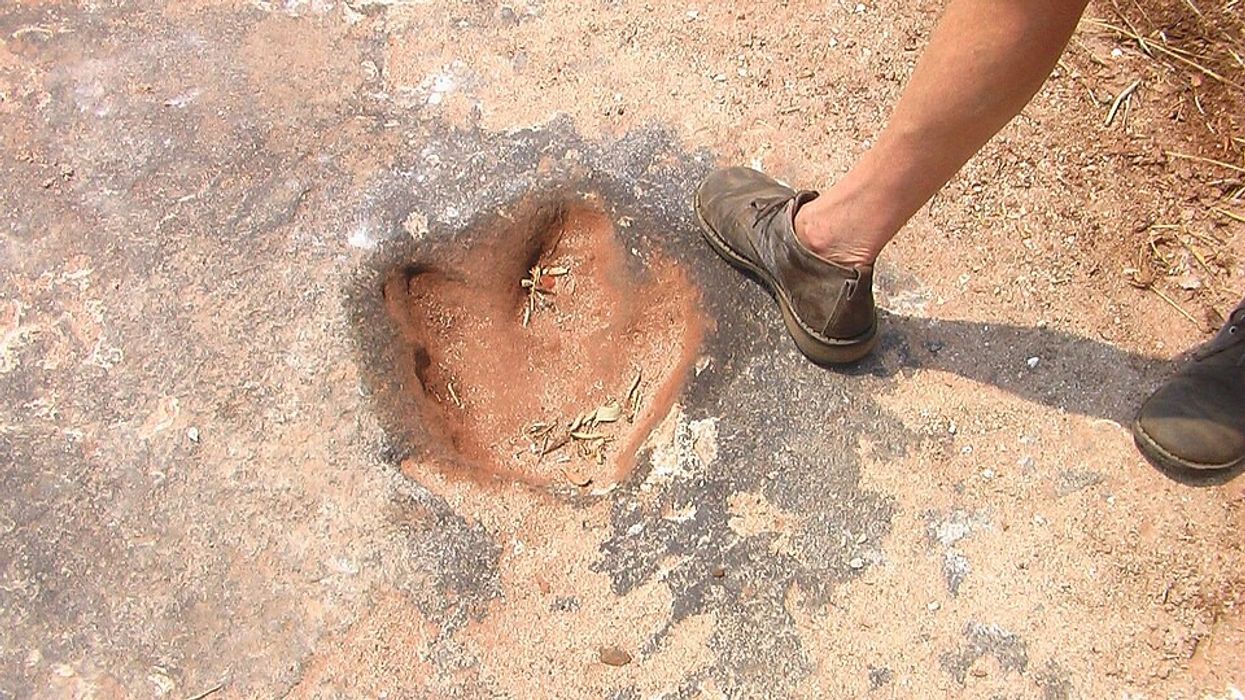
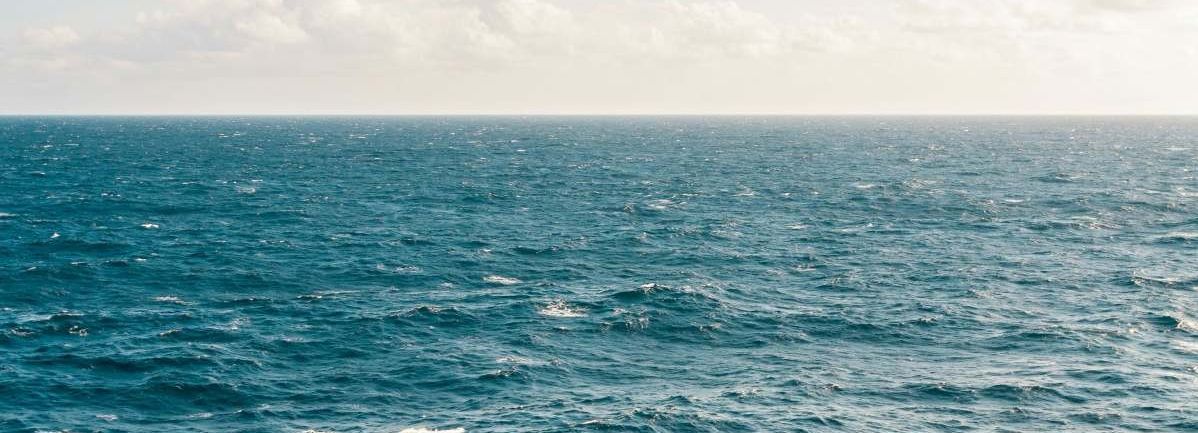 A representative Image of The Atlantic Ocean. Source: Pexels | Kellie Churchman
A representative Image of The Atlantic Ocean. Source: Pexels | Kellie Churchman Representative Image Source: Painting from a series by Ernest Untermann in the museum at Dinosaur National Monument, Utah.
Representative Image Source: Painting from a series by Ernest Untermann in the museum at Dinosaur National Monument, Utah.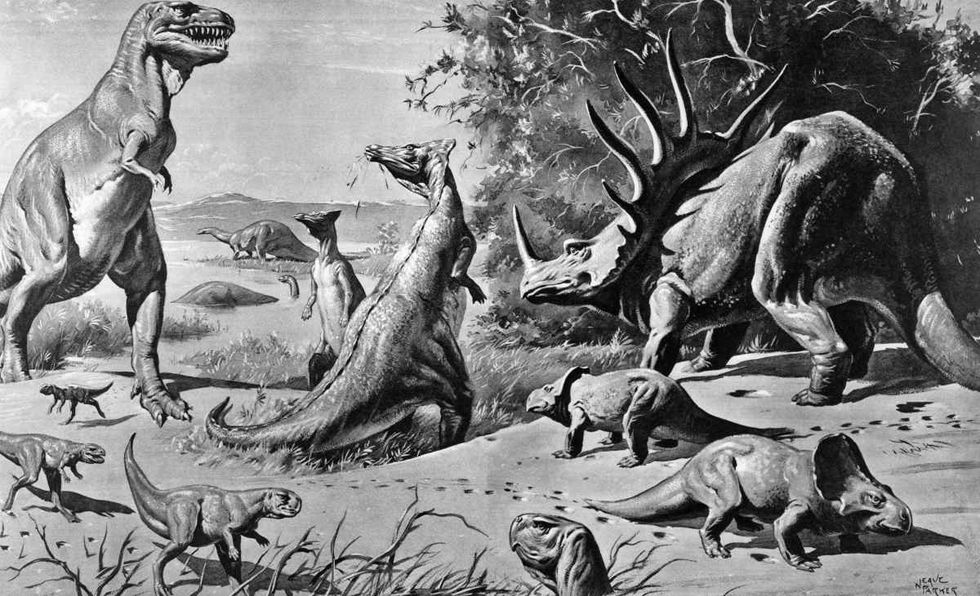 Representative Image Source: VARIOUS DINOSAURS IN GOBI DESERT. Photo by H. Armstrong Roberts/ClassicStock/Getty Images
Representative Image Source: VARIOUS DINOSAURS IN GOBI DESERT. Photo by H. Armstrong Roberts/ClassicStock/Getty Images
President Donald J. Trump and photo of a forest.
Public united and adamantly opposes Trump’s plan to roll back the Roadless Rule
There doesn't seem to be much agreement happening in the U.S. right now. Differing moral belief systems, economic disparity, and political divide have made a country with so many positives sometimes feel a little lost. Everyone desperately seeks a niche, a connection, or a strong sense of community to which they can feel a "part of," rather than just "apart."
But there seems to be one thing that the country strongly unites over, and that's the "Roadless Rule." With the Trump Administration attempting to roll back conservation policies that protect U.S. National Forests, Americans are saying in harmony an emphatic "No." A nonpartisan conservation and advocacy organization, the Center for Western Priorities, reviewed a comment analysis on the subject. After receiving 223,862 submissions, a staggering 99 percent are opposed to the president's plan of repeal.
What is the 'Roadless Rule' policy implemented in 2001?
The Roadless Rule has a direct impact on nearly 60 million acres of national forests and grasslands. According to the U.S. Department of Agriculture, the rule prohibits road construction and timber harvests. Enacted in 2001, it is a conservation rule that protects some of the least developed portions of our forests. It's considered to be one of the most important conservation wins in U.S. history.
America's national forests and grasslands are diverse ecosystems, timeless landscapes, and living treasures. They sustain the country with clean water and the wood products necessary to build our communities. The National Parks protected under their umbrella offer incredible recreational retreats and outdoor adventure.
Why does the administration want to roll it back?
U.S. Secretary of Agriculture Brooke L. Rollins told the Department of Agriculture in a 2025 press release, “We are one step closer to common sense management of our national forest lands. Today marks a critical step forward in President Trump’s commitment to restoring local decision-making to federal land managers to empower them to do what’s necessary to protect America’s forests and communities from devastating destruction from fires." Rollins continued, “This administration is dedicated to removing burdensome, outdated, one-size-fits-all regulations that not only put people and livelihoods at risk but also stifle economic growth in rural America. It is vital that we properly manage our federal lands to create healthy, resilient, and productive forests for generations to come. We look forward to hearing directly from the people and communities we serve as we work together to implement productive and commonsense policy for forest land management.”
Forest Service Chief Tom Schultz explained the Roadless Rule frustrated land management and acts as a challenging barrier to action. It prohibits road construction needed to navigate wildfire suppression and properly maintain the forest. Schultz said, “The forests we know today are not the same as the forests of 2001. They are dangerously overstocked and increasingly threatened by drought, mortality, insect-borne disease, and wildfire. It’s time to return land management decisions where they belong – with local Forest Service experts who best understand their forests and communities."
Why are people adamantly opposed to the proposed rollback?
A 2025 article in Earthjustice, a nonprofit environmental law organization, expressed its concern over the protection of national forests covering 36 states and Puerto Rico. A rescinded rule allows increased logging, extractive development, and oil and gas drilling in previously undisturbed backcountry. Here is what some community leaders had to say about it:
President Gloria Burns, Ketchikan Indian Community, said, "You cannot separate us from the land. We depend on Congress to update the outdated and predatory, antiquated laws that allow other countries and outside sources to extract our resource wealth. This is an attack on Tribes and our people who depend on the land to eat. The federal government must act and provide us the safeguards we need or leave our home roadless. We are not willing to risk the destruction of our homelands when no effort has been made to ensure our future is the one our ancestors envisioned for us. Without our lungs (the Tongass) we cannot breathe life into our future generations.”
Linda Behnken, executive director of the Alaska Longline Fishermen’s Association, stated, "Roadbuilding damaged salmon streams in the past — with 240 miles of salmon habitat still blocked by failed road culverts. The Roadless Rule protects our fishing economy and more than 10,000 jobs provided by commercial fishing in Southeast Alaska.”
The Sierra Club's Forest Campaign Manager Alex Craven seemed quite upset, saying, "The Forest Service followed sound science, economic common sense, and overwhelming public support when they adopted such an important and visionary policy more than 20 years ago. Donald Trump is making it crystal clear he is willing to pollute our clean air and drinking water, destroy prized habitat for species, and even increase the risk of devastating wildfires, if it means padding the bottom lines of timber and mining companies.”
The 2025 recession proposal would apply to nearly 45 million acres of the national forests. With so many people writing in opposition to the consensus, the public has determined they don't want it to happen.
Tongass National Forest is at the center of the Trump administration's intention to roll back the 2001 Roadless Rule. You can watch an Alaska Nature Documentary about the wild salmon of Tongass National Forrest here:
- YouTube www.youtube.com
The simple truth is we elect our public officials to make decisions. The hope is they do this for all of our well-being, although often it seems they do not. Even though we don't have much power to control what government officials do, voicing our opinions strongly enough often forces them to alter their present course of action. With a unanimous public voice saying, "No!" maybe this time they will course correct as the public wishes.